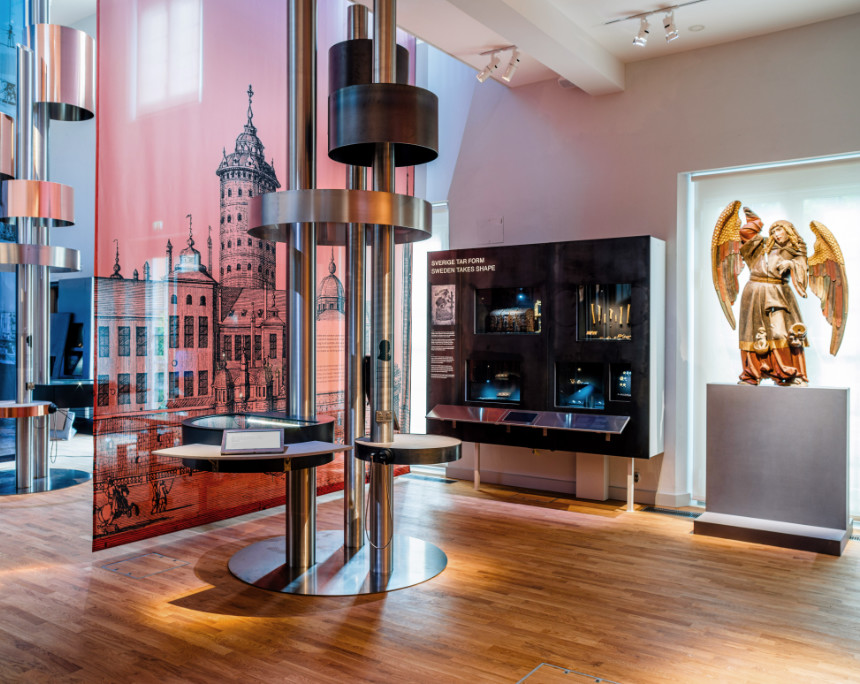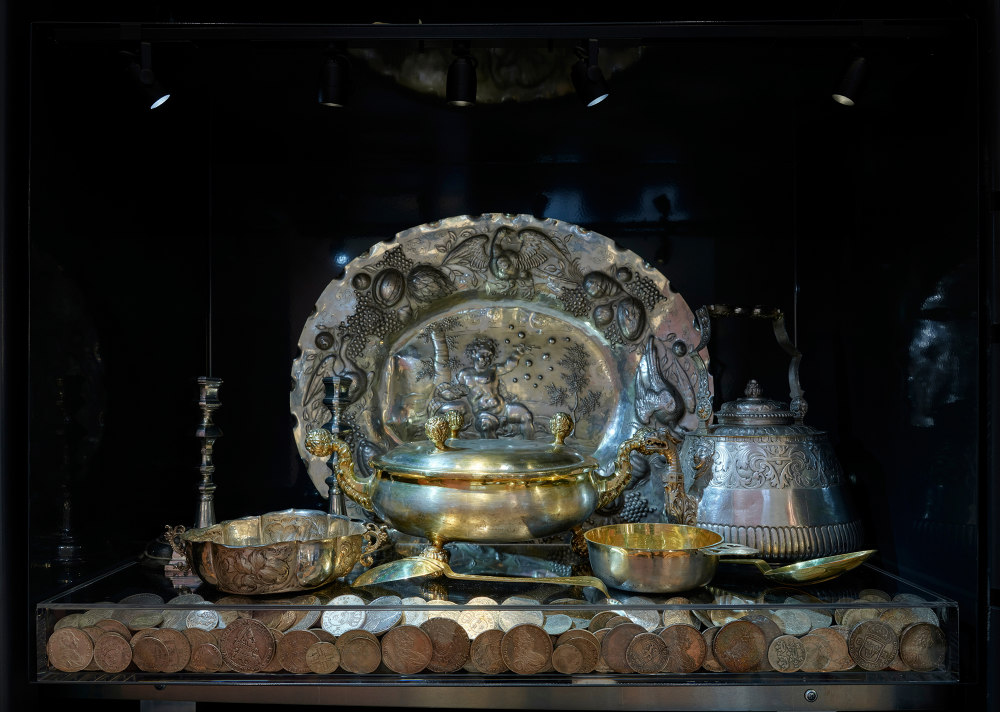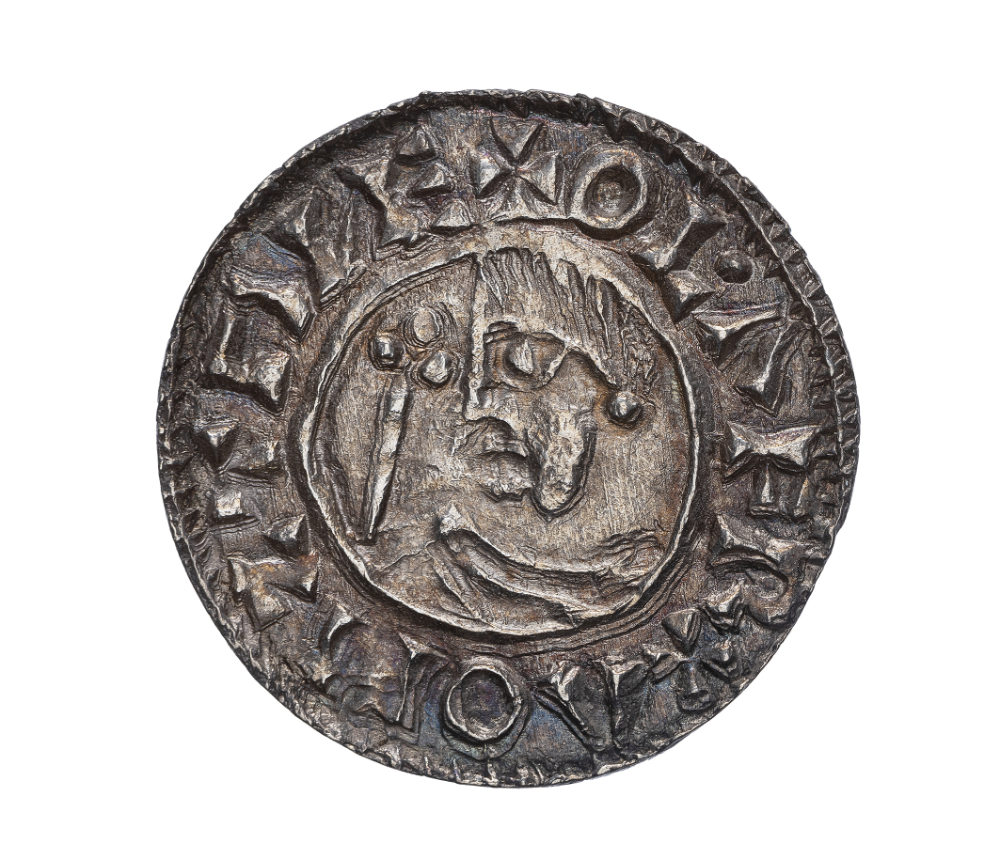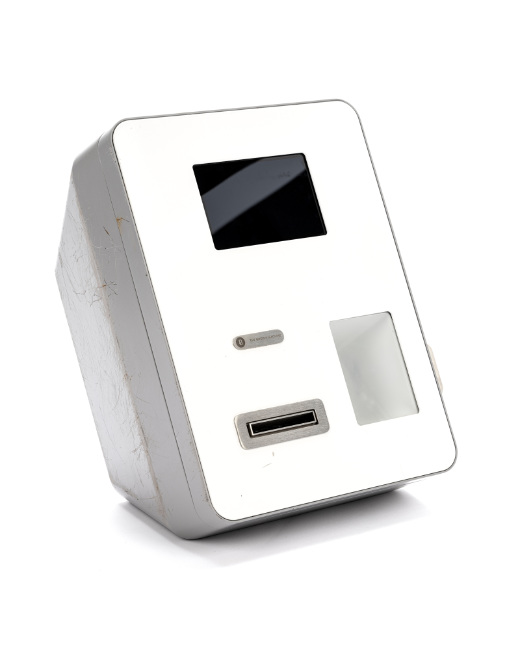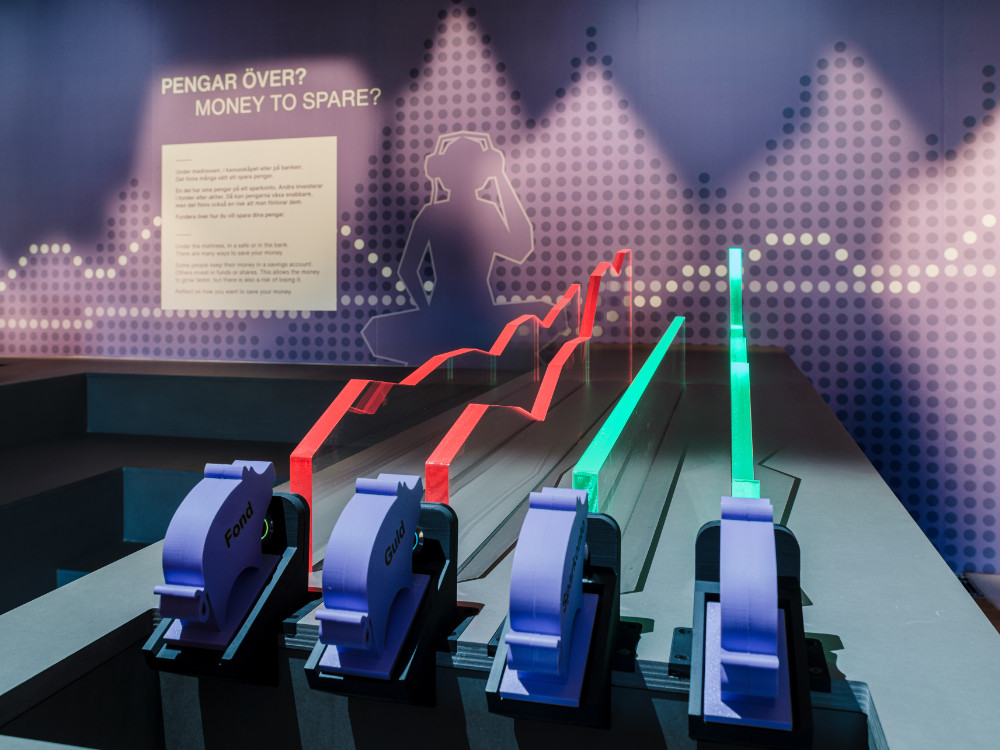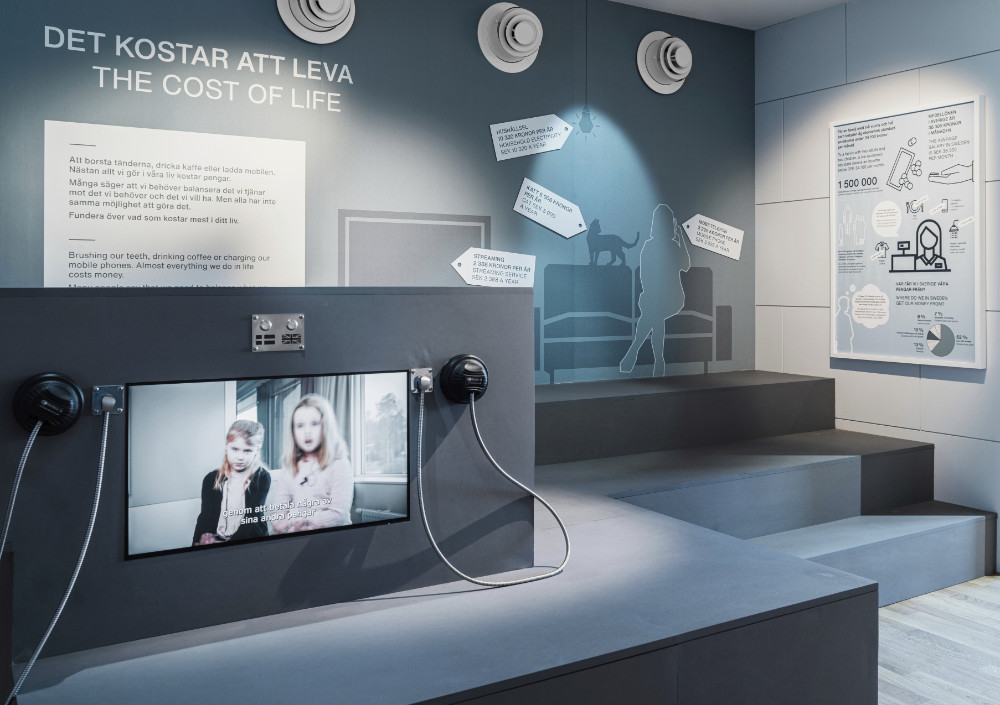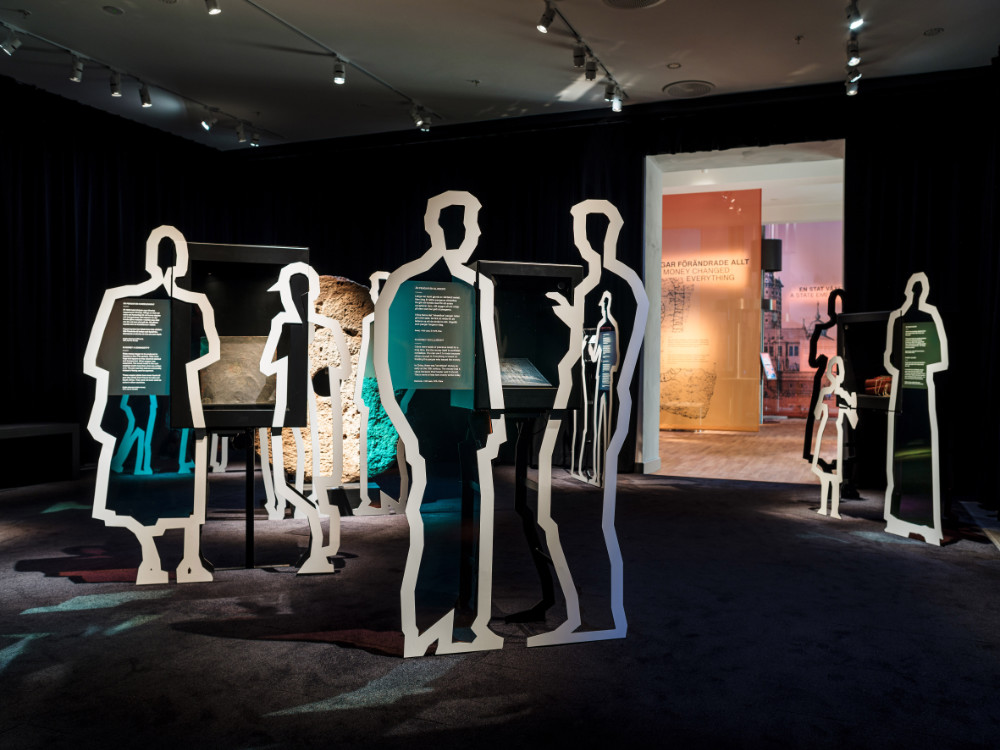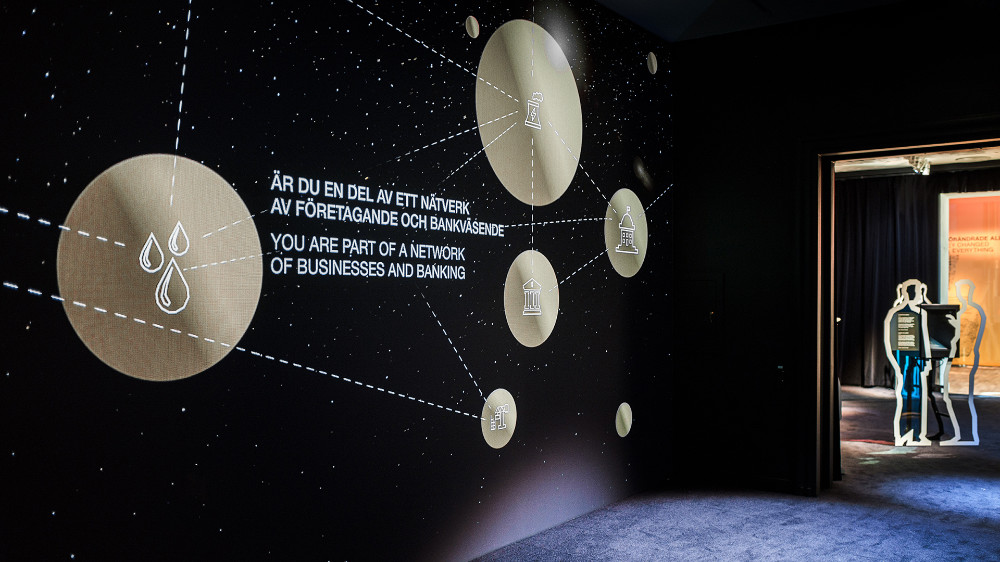Swedish Economy Museum Reopened
On 1 June, the Swedish Economy Museum – The Royal Coin Cabinet opened two exhibitions about money and economy, throughout history and today. “At last, everyone can see our fantastic collections and take a voyage of discovery through the exciting world of money,” says Museum Director Cecilia von Heijne.
Content
The Economy Museum opens the first permanent exhibitions at Narvavägen in Stockholm, in the same building as the Swedish History Museum, where it moved a few years ago.
MONEY!
Visitors to the exhibition MONEY! can wander through Sweden’s history and see how money and economy have changed society and people’s lives. The idea of paying with a banknote seemed revolutionary at first, while today we have become used to money being invisible. We also take it for granted that we can buy things from the far ends of the Earth. How did this come about?
“We don’t always think about it, but money is a great part of our lives. We hope that visitors to the museum will leave with some new ideas about money’s role in society and in history,” says Museum Director Cecilia von Heijne.
The Objects
The 3,000 objects on display include Sweden’s first coin, the world’s largest coin from the 17th century, the first banknotes and a bitcoin ATM. There is a wide selection of objects that tell stories about economy and trading. Among other things, visitors can see exciting hoards such as The Lohe Hoard, a share certificate from the Swedish East India Company and ration coupons from the Second World War.

The world’s largest coin, Swedish plate money. This plate money was worth 10 daler silver coin. It weighs 19.7 kilograms and is the largest coin in the world. A copper plate had to be large and heavy to be worth 10 daler silver coin. On display from June 1, 2024 at the Economy Museum. Photo: Jens Mohr, Economy Museum.
The exhibition includes a number of interactive displays, games and tactile copies of selected items. Among other things, visitors can try to lift a copy of the world’s largest coin and take a job interview to find out what kind of job they could have had if they lived in the 19th century. The challenge in the digital game The Money Matrix is to reveal secret agents hiding in different historical periods.
The Economy Lab
The second permanent exhibition is the Economy Lab about everyday economics and how money functions in daily life. It features dilemmas and interactive stations where visitors are encouraged to make choices regarding consumption, saving, and where taxes should be allocated. The exhibition is designed to suit school students from the age of 10 to 18, but everyone is welcome. The Economy Lab is also a good place for parents and children to explore together.
Both exhibitions were designed by Ralph Appelbaum Associates (RAA), who have created designs for many museums around the world. “Our design is based on a highly participative, interactive approach where visitors understand themselves as active participants in shaping the Swedish economy and international trade. The novel approach supports an intuitive and empowering learning experience around a complex but essential social responsibility shared by all citizens, says Tim Ventimiglia, Creative Director at Ralph Appelbaum Associates.
Economy Museum – Royal Coin Cabinet is a place for economic learning. The museum sparks curiosity about the role of economics in history and today, through exhibitions, lectures and activities. The museum’s collections include 650,000 objects – coins, banknotes, medals and other objects that can tell us a great deal about economy and trade, history and culture. It is one of Sweden’s oldest museum collections, tracing back to 1572.
The Economy Museum is part of the National Historical Museums and shares a building with the Swedish History Museum. Swedbank is the main sponsor of the Economy Museum.







